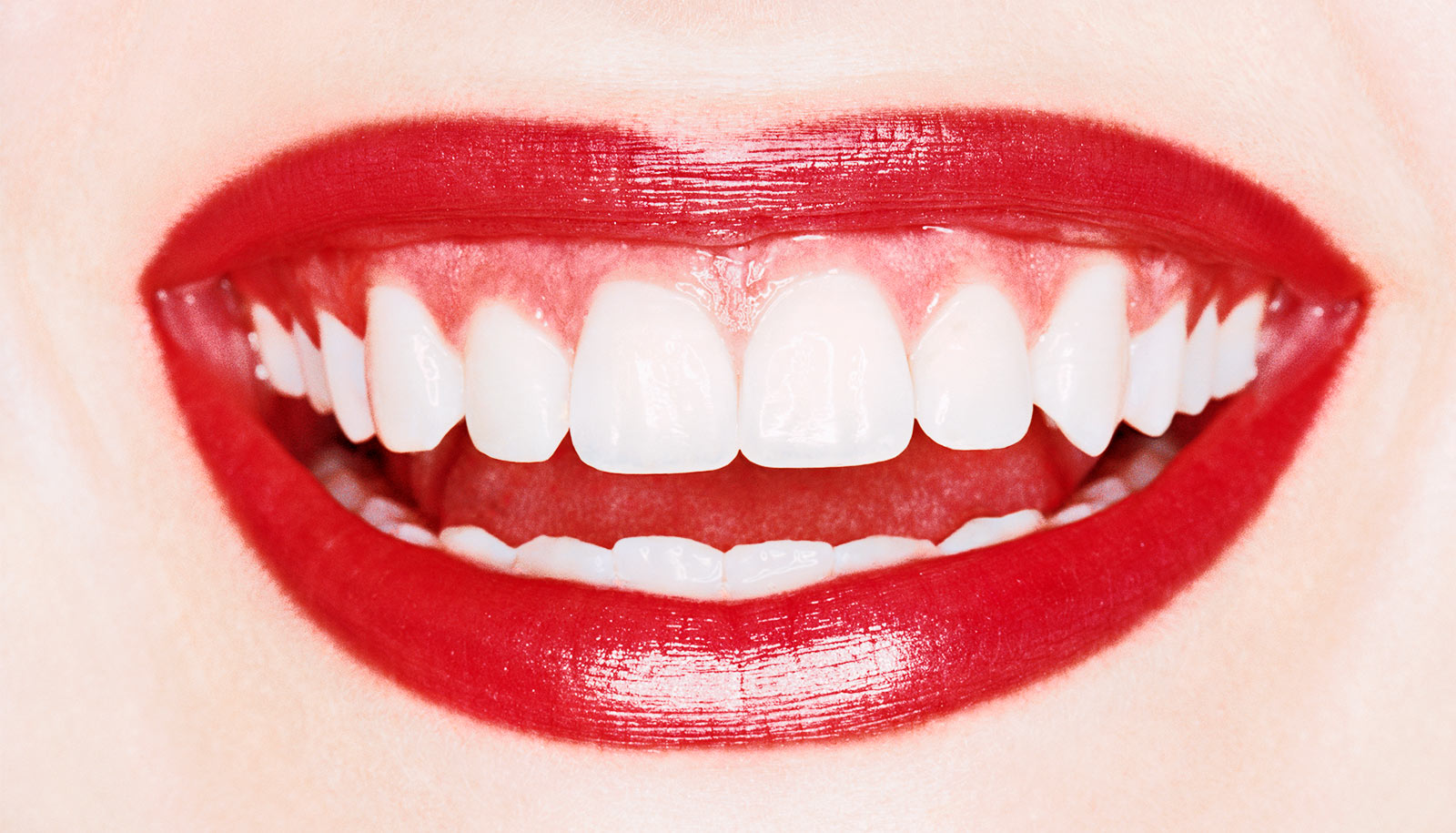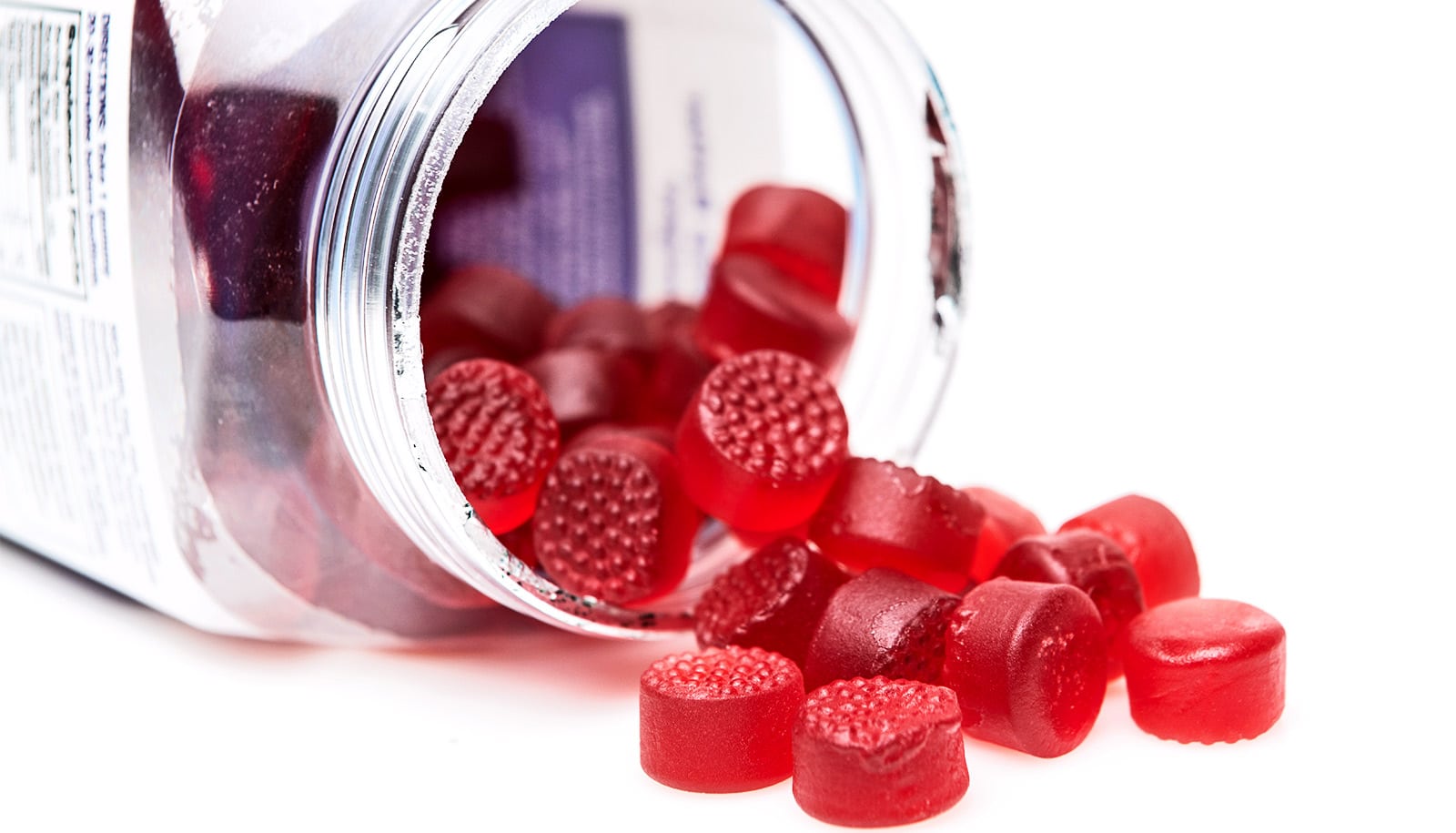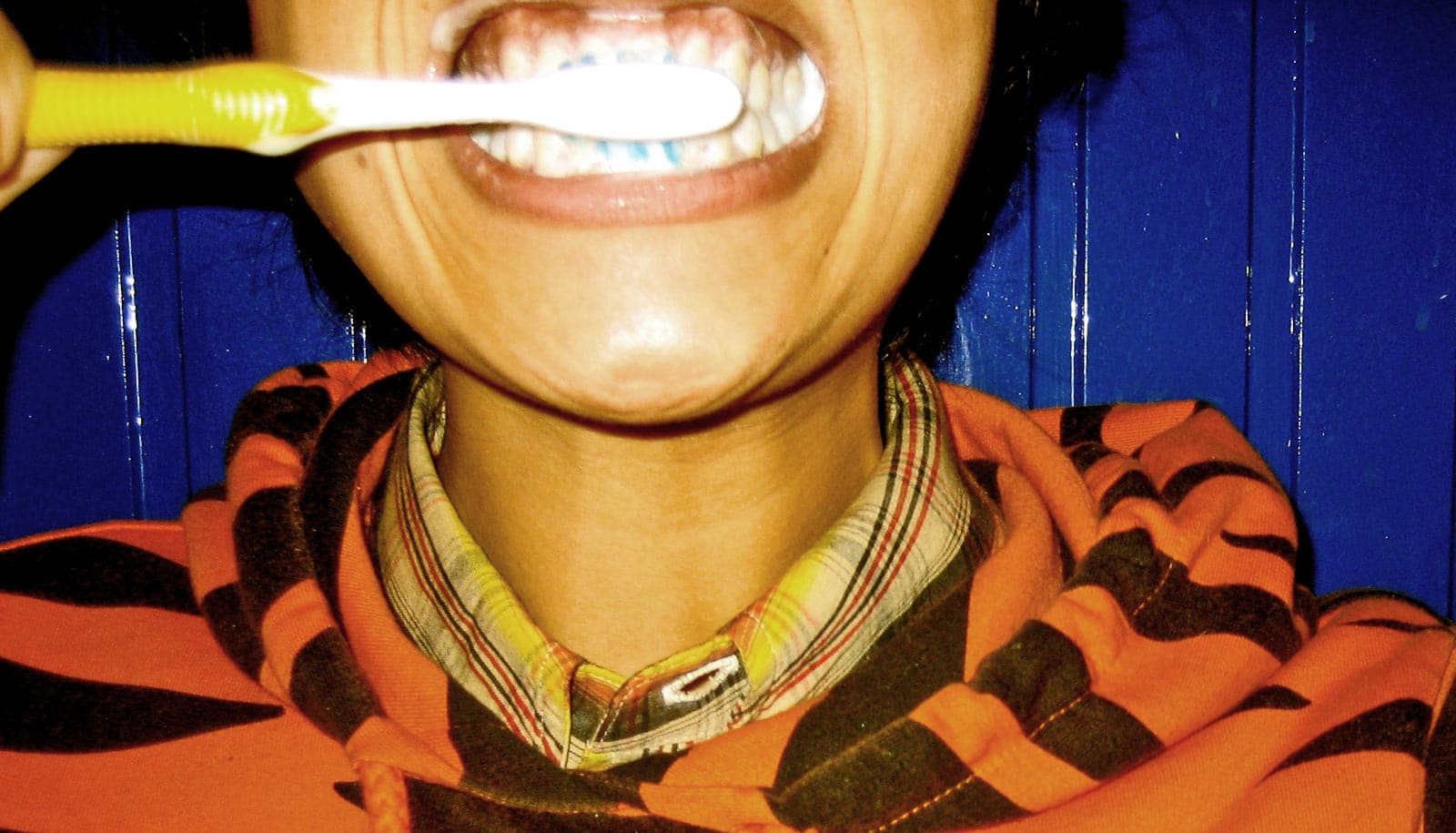Today, with the help of social media influencers and celebrities, super-white smiles have become trendy, and people have been turning to a variety of techniques to make their chompers the best and the brightest.
The reassuring news, according to an expert at Tufts University School of Dental Medicine (TUSDM), it’s impossible to bleach your teeth to glow-in-the-dark brilliance. But frequent whitening treatments don’t necessarily result in whiter teeth, and some DIY tooth-whitening methods can jeopardize your oral health.
“The problem is that as your teeth get whiter and whiter, they become more translucent, and they get grayer in some respects. You’re just bleaching everything out of them and making the enamel brittle,” says Ronald Perry, a professor in the comprehensive care department at TUSDM.
For some, the quest is unending. “I’ve had a few of those patients,” Perry says. “They’re never satisfied with the results, they want whiter and whiter, and even if they’re in pain, they’ll keep going. I’ve seen it become more prevalent now than ever.”
“It’s not bad to whiten,” he says, “just not too much.”
And sometimes, Perry says, whitening isn’t the simple route to a better smile.
“A lot of people come to me to have their teeth whitened. And they actually have very white teeth,” he says. The problem is most likely crooked teeth or chipped teeth that detract from a smile’s appearance. In those cases, there are other treatments dentists can provide to remedy things.
Something else to consider: the super-white smiles you see on your screen may not be the result of whitening at all, but veneers or crowns—or the result of Photoshop or a smile-brightening photo filter.
Here, Perry explains the basics of tooth whitening and what’s safe, what’s effective, and what won’t make a difference:
How does tooth whitening work?
Professional and many at-home whitening systems use a concentrated hydrogen peroxide or carbamide peroxide gel, which is applied to the teeth. This gel works by breaking down into oxygen molecules, which then penetrate the enamel (the hard covering of the tooth) and the dentin (the layer just beneath the enamel) to break apart the stains.
What’s the difference between whitening at the dentist office and whitening at home?
Professional tooth-whitening will yield immediate results, Perry says, like getting a scratch ticket rather than waiting for the lottery drawing. That’s because dental professionals will be using a higher concentration of bleaching product.
“If do it in-office, you’ll get to where you want to be instantly. If you do it at home, you could get there, too. But it may take you several weeks,” Perry says.
Attention coffee and wine lovers …
“No matter what bleaching system you use, if you still are drinking coffee, especially black coffee, or red wine or eating berries or anything that has a staining effect on the teeth, forget about it,” Perry says. Once bleached, teeth become more porous for a week or two, and those dark-colored foods will keep staining.
Can whitening take the place of brushing?
“Whitening your teeth should not deter you from brushing and flossing and seeing your dentist every six months,” Perry says.
In fact, brushing is the first defense against staining.
“Brushing your teeth is probably the easiest way to get your teeth whiter. Brush them, get the film off, get the bacteria off.”
Is daily whitening OK?
You run the risk of damage that can’t be reversed if you whiten every day—or twice a day, as some folks on the internet say they do, says Perry. The same thing can happen if you combine whitening methods, such as using whitening strips and then brushing with baking soda or charcoal, which are abrasive.
What if you leave the product on too long? Why won’t you end up with an unnaturally blinding smile?
“It doesn’t work that way,” Perry says. If you leave a whitening product on longer than the recommended amount of time, the bleaching solution will just break down and become ineffective.
What about some of the “natural” teeth-whitening methods touted on the internet?
Perry says he wouldn’t recommend most of the whitening hacks you can find online. Some use orange or lemon peels, or cider vinegar, which are very acidic and can cause a lot of sensitivity, especially if you have a cracked tooth or if you grind your teeth. Others involve baking soda, sea salt, or charcoal, which are too abrasive.
How about rubbing your teeth with banana peels?
That absolutely won’t whiten your teeth, Perry says—although it’s not as dangerous as the substances mentioned above. “The worst thing that happens is if you don’t brush your teeth, you’re just inviting tooth decay or plaque from the pieces of banana.”
What about whitening toothpastes?
Some contain peroxide, which in theory can help with whitening. But, Perry points out, “you have to have the peroxide in contact with your mouth for longer than two minutes—the recommended brushing time—to do anything.” He adds that most people brush for just 30 seconds, if that.
What can interfere with whitening?
“If you have crowns already, they will not bleach,” Perry says. “So you might get super white teeth, but your crowns are going to look a lot darker.”
Certain medications, such as those that affect the color of teeth or cause dry mouth, can interfere with the whitening process. And discoloration from certain causes, such as taking some antibiotics early in life, will not go away.
“If you try to go very white over that, it will look chalky,” Perry says.
How can you pick the best shade for your teeth? Should they match the whites of your eyes?
“If you’d asked me 10, 15 years ago, that’s what it would have been,” Perry says. “Now it’s totally different—I don’t think there is a standard because some people have those really white teeth that look almost fake, but for some people that’s beauty.”
Source: Tufts University



